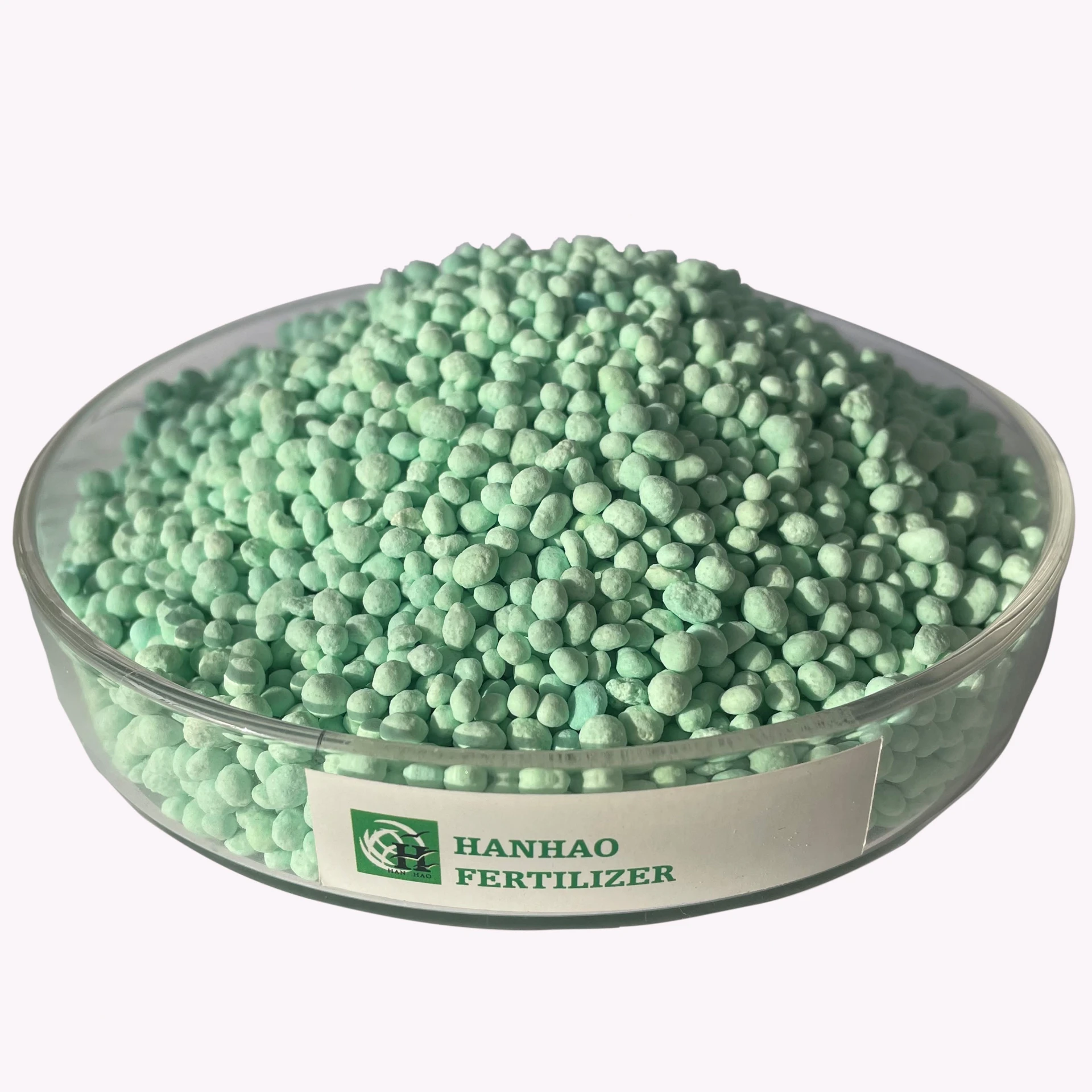
Ara . 24, 2024 12:42 Back to list
npk fertilizer 19 19 19 factory
Exploring NPK 19-19-19 Fertilizer A Comprehensive Overview
NPK fertilizers are essential components in modern agriculture, providing plants with the necessary nutrients to promote healthy growth and high yields. Among various formulations of NPK fertilizers, the 19-19-19 ratio has garnered significant attention due to its balanced nutrient profile. This article will explore the characteristics, usage, and advantages of NPK 19-19-19 fertilizer, as well as the production processes typically employed by factories.
Understanding NPK Ratios
NPK is an acronym that stands for three essential nutrients Nitrogen (N), Phosphorus (P), and Potassium (K). Each nutrient plays a vital role in plant growth
- Nitrogen is crucial for foliage development, promoting lush green leaves and improving photosynthesis. - Phosphorus supports root establishment, flowering, and fruiting, making it indispensable for overall plant vigor. - Potassium enhances drought resistance, disease resistance, and the quality of fruits and vegetables.
The 19-19-19 formulation indicates that each nutrient is present at a concentration of 19%, making it a balanced fertilizer suitable for a wide range of crops and soil types.
Fertilizer Production Process
Factories producing NPK 19-19-19 fertilizer employ various methods to ensure the final product meets agricultural standards. The production process typically begins with the careful selection of raw materials, which may include ammonium nitrate for nitrogen, monoammonium phosphate for phosphorus, and potassium sulfate or potassium chloride for potassium.
1. Raw Material Preparation The selected raw materials are first processed to obtain the desired chemical forms. For instance, nitrogen sources can be derived from either organic or inorganic compounds.
2. Blending After processing, the raw materials are precisely weighed and blended to achieve the desired NPK ratio of 19-19-19. This blending process must be conducted with extreme care, as any deviation can significantly affect the fertilizer's effectiveness.
3. Granulation The blended mixture is then granulated to create uniform granules that are easy to handle and apply. This stage may involve adding binding agents and moisture to the mix to ensure that the granules hold together.
npk fertilizer 19 19 19 factory

4. Drying and Cooling Once granulated, the products are dried and cooled to achieve the correct moisture content, which is crucial for maintaining the stability of the fertilizer during storage and transportation.
Benefits of Using NPK 19-19-19 Fertilizer
The balanced formulation of NPK 19-19-19 fertilizer offers numerous advantages to farmers and gardeners
- Versatility This fertilizer can be applied to various crops, including vegetables, fruits, grains, and ornamental plants. Its balanced nutrient content makes it suitable for different growth stages, from early vegetative growth to flowering and harvesting.
- Improved Yield By providing equal proportions of essential nutrients, NPK 19-19-19 helps maximize crop yields, ensuring that plants receive a consistent supply of nutrients.
- Soil Health Regular application of balanced fertilizers like NPK 19-19-19 can enhance soil fertility over time, contributing to long-term agricultural sustainability.
- Ease of Application The granular form of the fertilizer allows for easy handling and application, whether through broadcasting or incorporating into the soil.
Conclusion
NPK 19-19-19 fertilizer represents a key tool for modern agriculture, enabling farmers to optimize crop production effectively. Its balanced nutrient profile, combined with the efficient production processes employed by factories, ensures that this fertilizer meets the diverse needs of various crops. By understanding the importance and application of NPK 19-19-19, agricultural practitioners can harness its potential to promote healthy plant growth and achieve sustainable agricultural practices. Ultimately, the use of such balanced fertilizers is crucial for feeding the growing global population while maintaining ecological integrity.
-
10 10 10 Fertilizer Organic—Balanced NPK for All Plants
NewsJul.30,2025
-
Premium 10 10 10 Fertilizer Organic for Balanced Plant Growth
NewsJul.29,2025
-
Premium 10 10 10 Fertilizer Organic for Balanced Plant Growth
NewsJul.29,2025
-
Premium 10 10 10 Fertilizer Organic for Balanced Plant Growth
NewsJul.29,2025
-
50 Pound Bags of 13-13-13 Fertilizer for All Plants – Bulk & Organic Options
NewsJul.28,2025
-
High-Efficiency 15-30-15 Granular Fertilizer for Healthy Crops
NewsJul.28,2025
